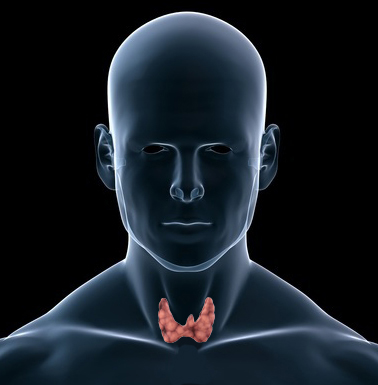 For women, there are several birth control options available. For men it’s a different story, but perhaps not for long.
For women, there are several birth control options available. For men it’s a different story, but perhaps not for long.
Researchers at the University of Edinburgh recently discovered a gene that is essential for the development of sperm. The gene, known as Katnal 1, caused temporary infertility in male mice when blocked. The team behind the study indentified that Katnal 1 was used to regulate a structure known as microtubules – parts of sperms that are needed for support and the acquisition of nutrients. Breaking down these microtubules inhibits sperms’ ability to move throughout the testes during their maturation.
The gene’s discovery not only paves the way for a male contraceptive pill, but could also aid in better understanding and potentially treating cases of male infertility.
Currently, there are not many pharmaceutical contraception options for men. Recent options have included testosterone injections, which are used to trick the brain in order to shut sperm production down. However, these options rely on hormones, while the new findings could help create a hormone-free alternative that bypasses common side-effects like mood swings and acne.
Much more research is needed before the drug becomes available, but researchers are confident we could see its development within the next decade.
If you are currently considering pharmaceutical contraception or other options, please schedule a consultation with one ofour expert Beverly Hills urologists by calling 855.360.9119.
 Obese patients are more likely than normal-weight patients to have advanced, aggressive forms of papillary thyroid cancer, according to a new study.
Obese patients are more likely than normal-weight patients to have advanced, aggressive forms of papillary thyroid cancer, according to a new study. As you may or may not know, hemorrhoids can be itchy and mildly uncomfortable – or downright painful. Pregnancy can be uncomfortable and painful as well, which is why it is important to remove hemorrhoids before the pregnancy in order to minimize discomfort.
As you may or may not know, hemorrhoids can be itchy and mildly uncomfortable – or downright painful. Pregnancy can be uncomfortable and painful as well, which is why it is important to remove hemorrhoids before the pregnancy in order to minimize discomfort. Botulinum toxin, popularly known as Botox, is used for various cosmetic and medical procedures.
Botulinum toxin, popularly known as Botox, is used for various cosmetic and medical procedures. There is new hope for the 30 million men in the United States, who suffer from erectile dysfunction (ED). On April 27, 2012 VIVUS, Inc. announced that the FDA has approved Stendra (avanfill) tablets for the treatment of erectile dysfunction. The FDA approval marks the first new prescription drug to treat ED in nearly ten years.
There is new hope for the 30 million men in the United States, who suffer from erectile dysfunction (ED). On April 27, 2012 VIVUS, Inc. announced that the FDA has approved Stendra (avanfill) tablets for the treatment of erectile dysfunction. The FDA approval marks the first new prescription drug to treat ED in nearly ten years.